
AeroGenie — ваш интеллектуальный второй пилот.
В тренде
Categories
AI-Enabled MQ-20 Avenger Completes First Simulated Air-to-Air Kill
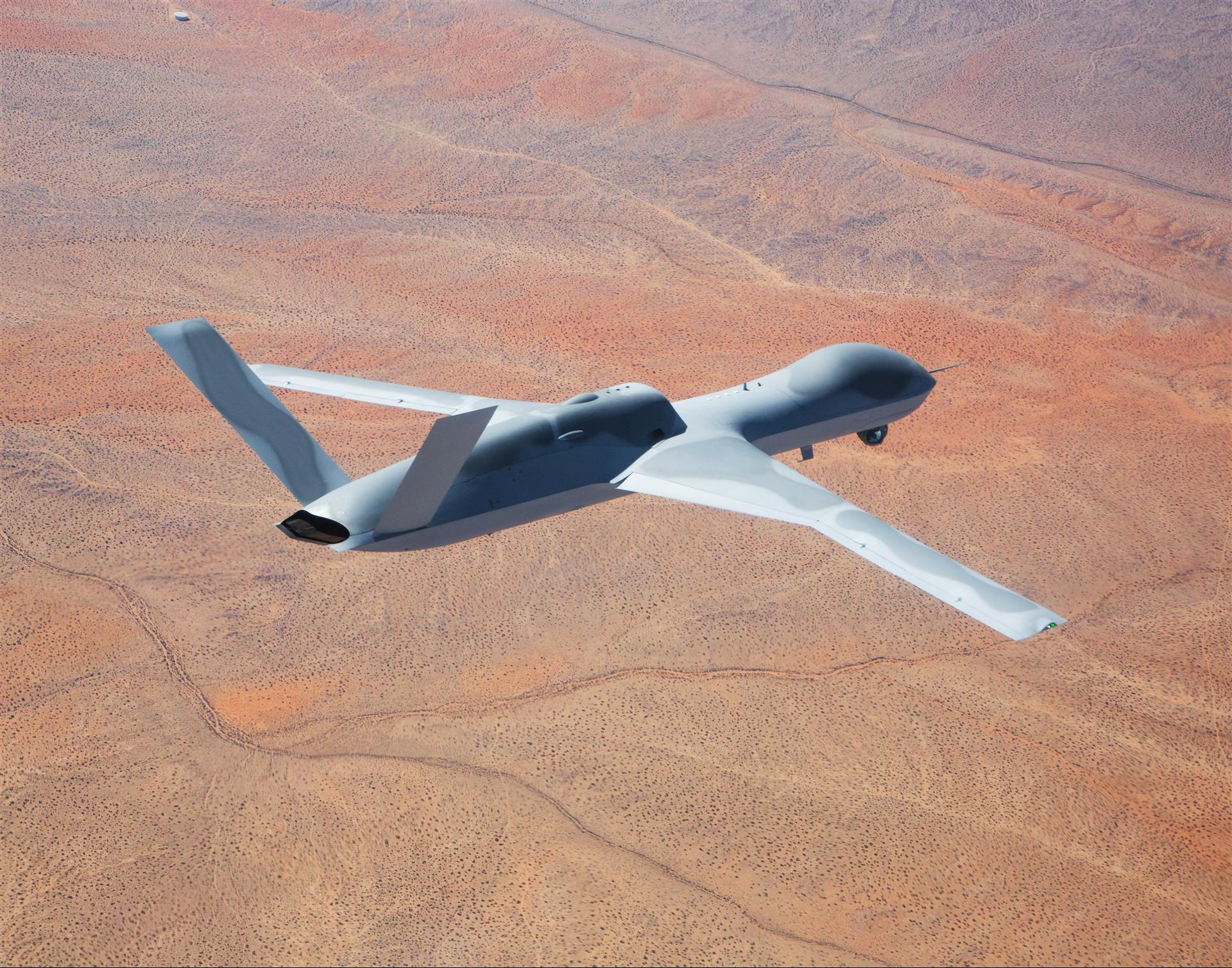
AI-Enabled MQ-20 Avenger Completes First Simulated Air-to-Air Kill
Milestone in Autonomous Aerial Combat
The General Atomics MQ-20 Avenger, integrated with Shield AI’s Hivemind autonomy software, has achieved its first simulated autonomous air-to-air kill, marking a pivotal advancement in unmanned aerial combat capabilities. Conducted on June 11, 2025, the test involved the MQ-20 operating in a complex blended mission environment alongside both live and virtual aircraft, including its own digital twin. This demonstration, confirmed by General Atomics Aeronautical Systems, Inc. (GA-ASI) and Shield AI, highlights the growing sophistication of AI-enabled unmanned systems in executing tactical air operations.
Building on previous trials, such as the February 2025 test during the Air Force Test Center’s Orange Flag 25-1 exercise at Edwards Air Force Base, the latest exercise showcased a significant evolution in autonomous functionality. While the earlier test focused on basic administrative tasks via a command-line interface, the June mission demonstrated advanced tactical maneuvers, including formation flying and combat air patrols. These operations were conducted using mission planning software compliant with the Department of Defense’s Autonomy Government Reference Architecture (A-GRA), underscoring the system’s alignment with established military standards.
Advanced Autonomy and Tactical Integration
Shield AI’s Hivemind software, which has previously enabled autonomous piloting of the X-62A VISTA with former Air Force Secretary Frank Kendall aboard, is designed to support complex missions in GPS- and communications-denied environments. The company describes Hivemind as delivering “mission autonomy with proven adaptability and tactical relevance,” facilitating modular integration across multiple platforms.
During the June test, Hivemind simultaneously commanded the live MQ-20 and its digital twin, coordinating tasks across physical and virtual assets. This capability established a foundational teaming tactic in aerial warfare, wherein one platform detects a threat and another engages it. The autonomy software integrated seamlessly with command and control (C2) and edge systems, enabling real-time monitoring and oversight by ground operators.
Industry Challenges and Global Competition
The rapid progress of AI-enabled autonomous systems like the MQ-20 Avenger occurs amid significant industry challenges and intensifying global competition. Northrop Grumman has reported that inflation and supply chain disruptions are driving up production costs for advanced unmanned platforms. Concurrently, international competitors are accelerating their AI integration efforts. For instance, Saab is incorporating Helsing’s Centaur AI into its Gripen E fighter, potentially transforming air combat through autonomous capabilities. In Europe, the European Union supports a German-led initiative to develop uncrewed air-to-air refueling and medevac aircraft, signaling a strategic push in unmanned aviation technology.
Market responses to these developments have included heightened scrutiny and increased investment in AI-enabled systems. Major defense contractors such as Boeing are advancing autonomous projects like the MQ-25 and MQ-28A, reflecting a shift from basic autonomy demonstrations toward complex, scalable operational capabilities within live-virtual-constructive (LVC) environments.
Although GA-ASI and Shield AI have not disclosed specific details regarding the simulated target or engagement parameters, the successful test underscores the expanding role of artificial intelligence in future air combat and the accelerating race among global defense firms to deploy operationally autonomous systems.
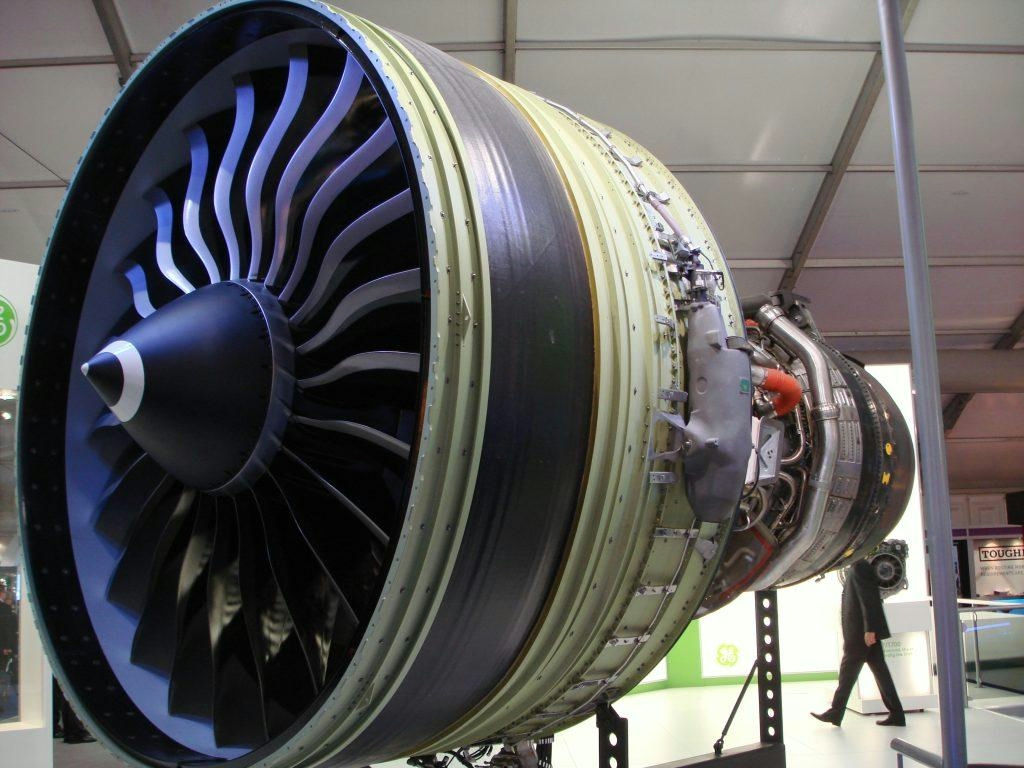
FAA Issues Airworthiness Directive for GE90 Engines After Powder Metal Contamination Found

Flying taxis could take off this year in Florida
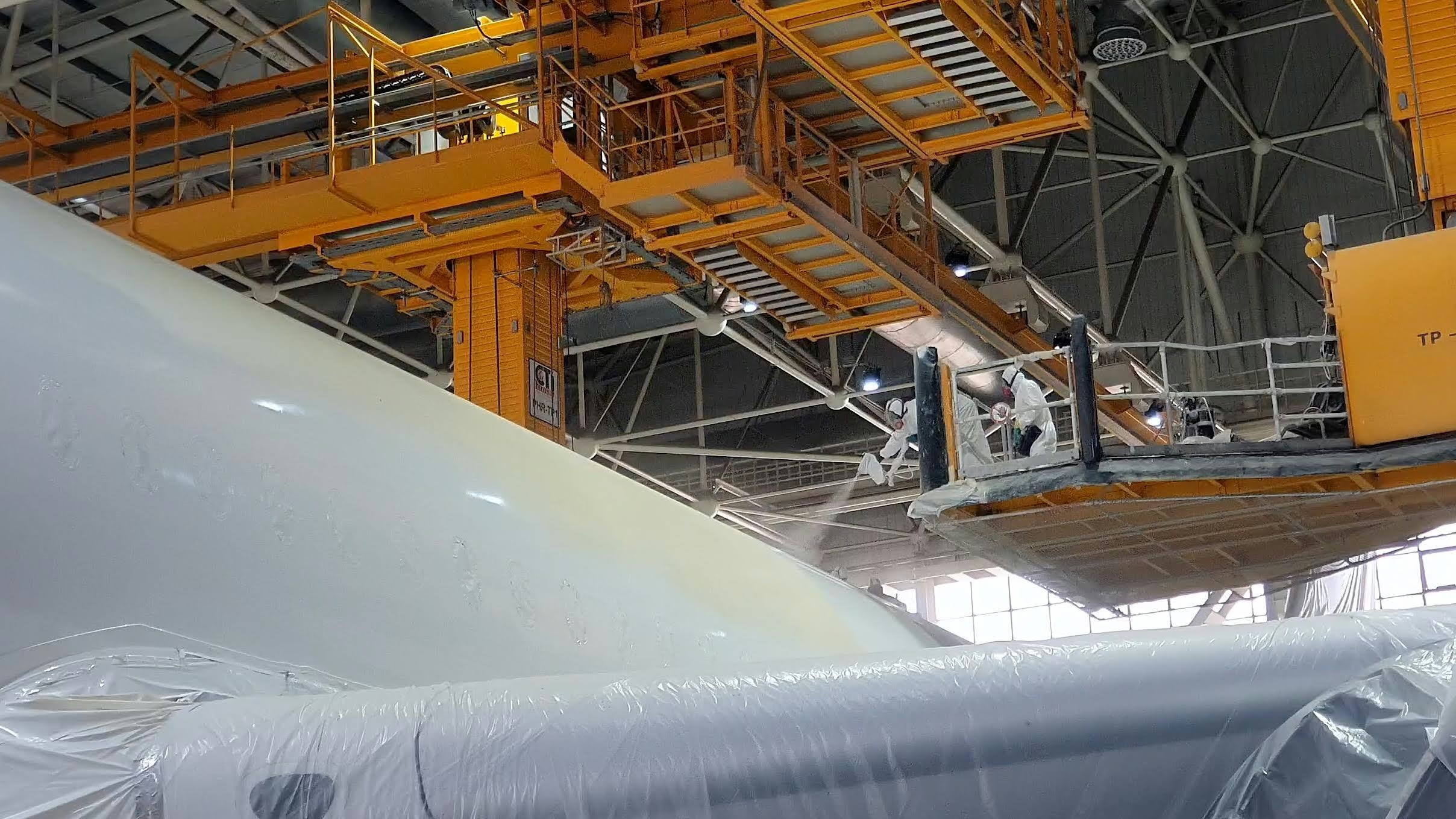
ASKY and TAAG Angola Airlines Establish In-House MRO Facilities to Support Fleet Expansion

Airbus to Release Audited 2025 Orders and Delivery Data on January 12
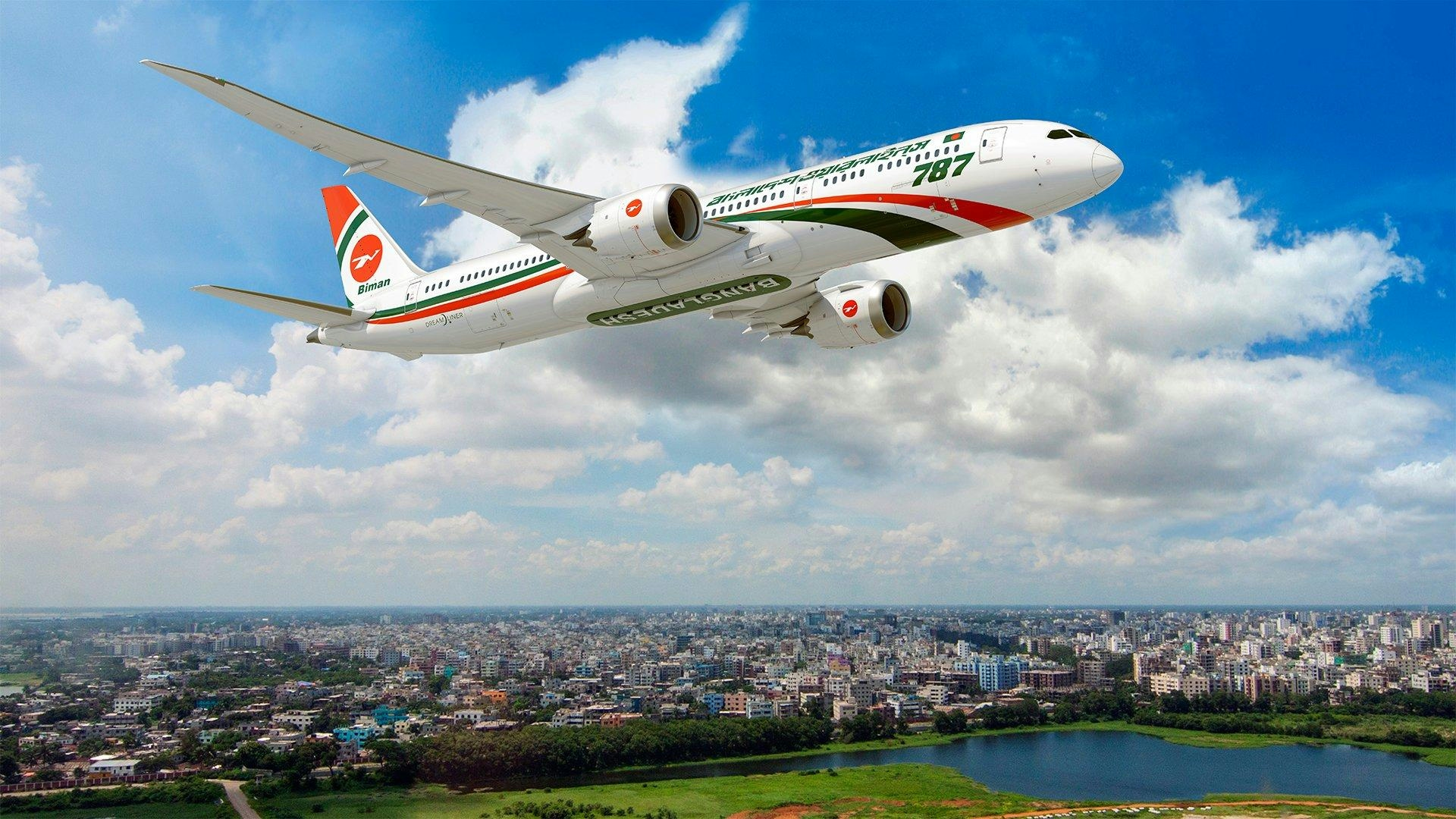
Biman Bangladesh Selects Boeing for New Aircraft Order

Amazon Cancels Italian Drone Delivery Plans Days Before Launch, Setback for U-space

Lufthansa Celebrates 100 Years of Aviation Innovation
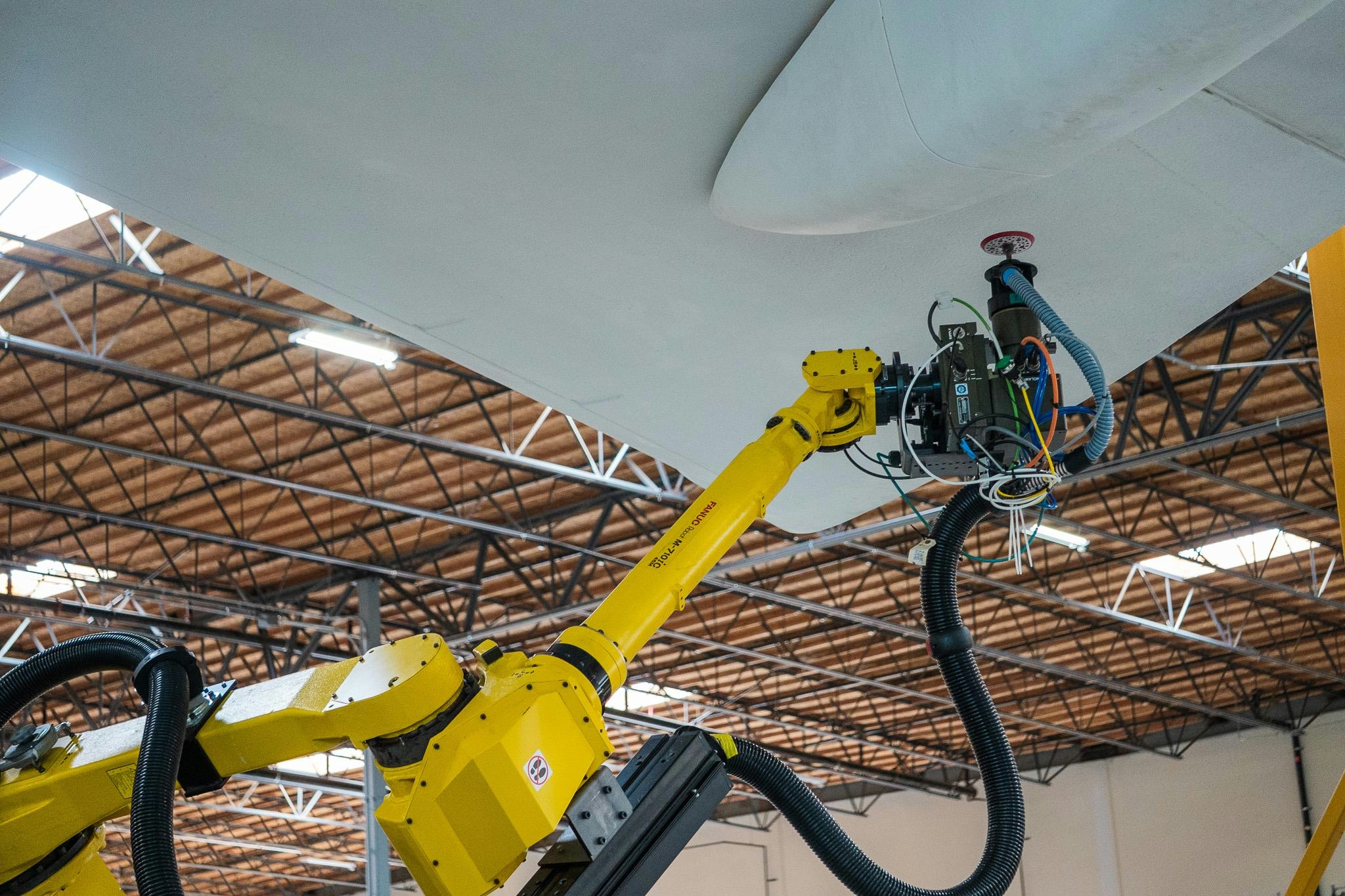
How AI Is Transforming Aviation

Comply365 Acquires MINT Software Systems
